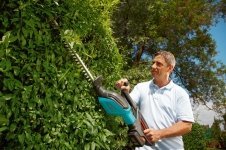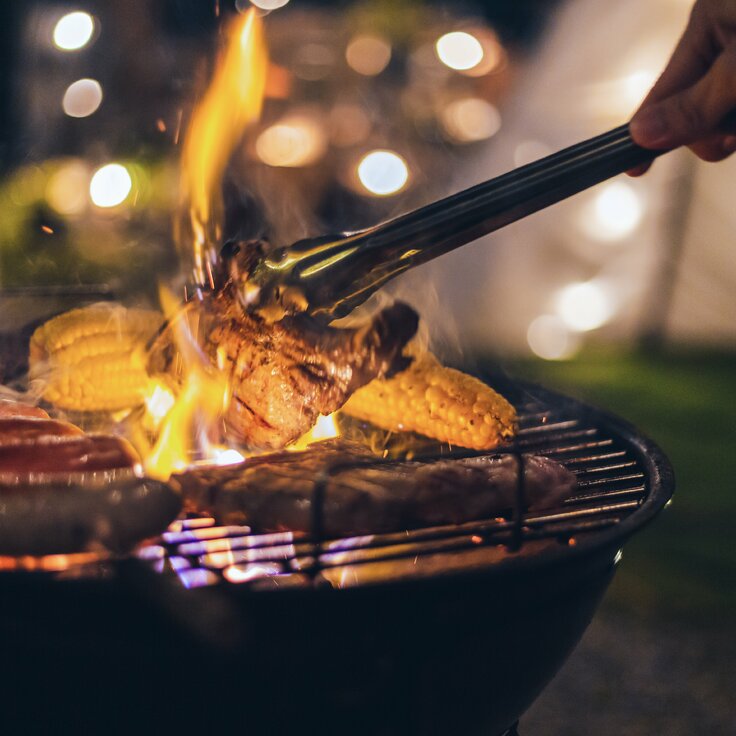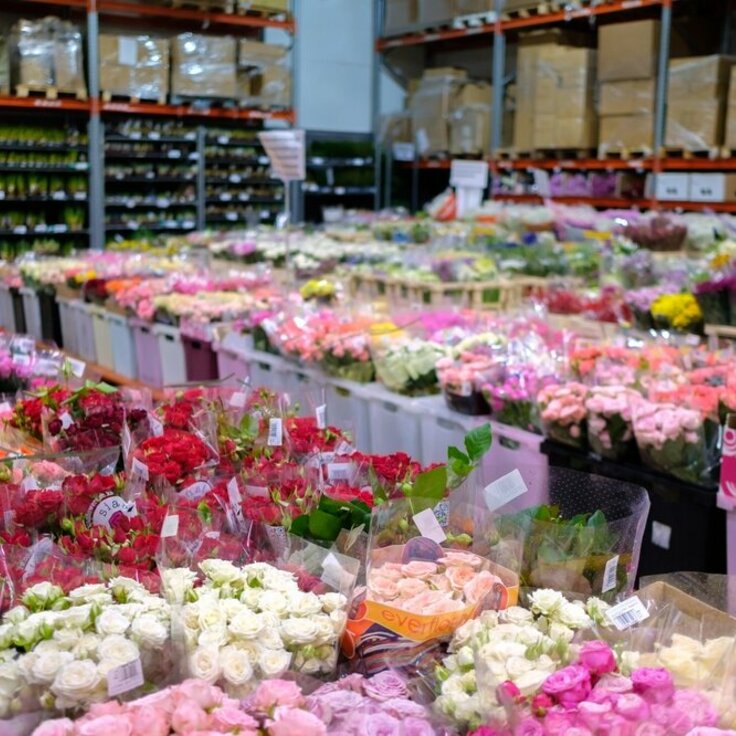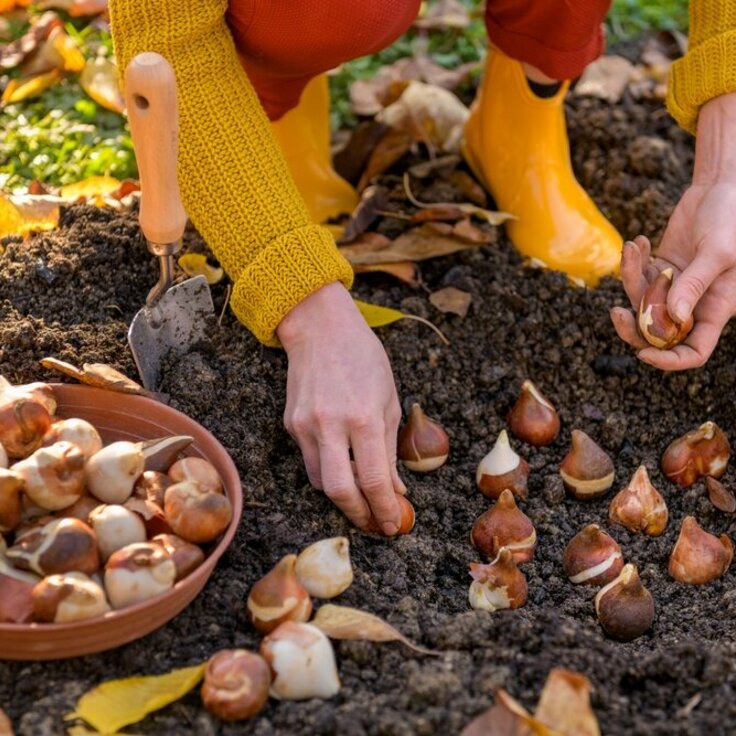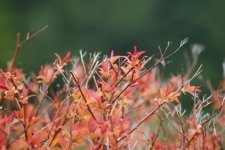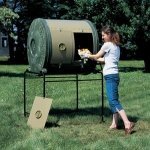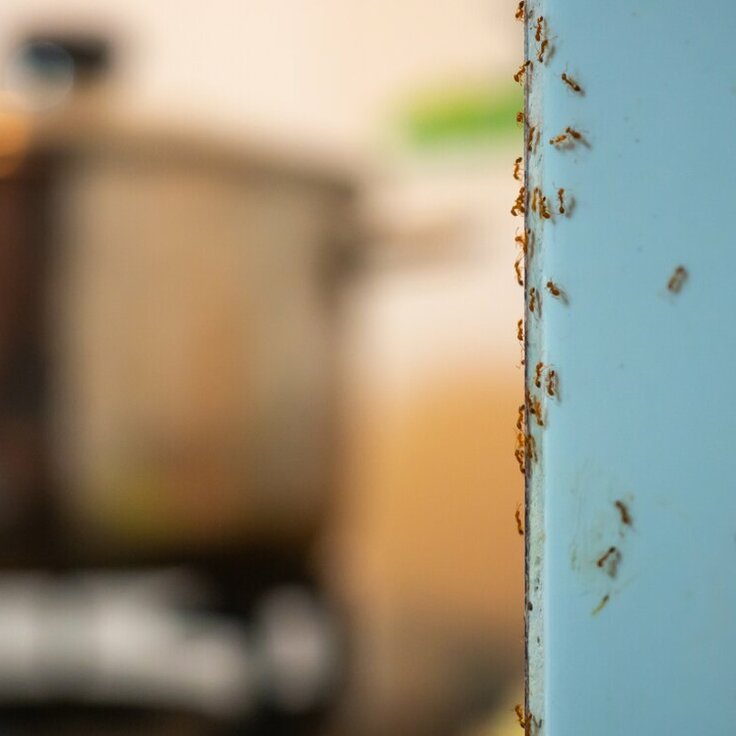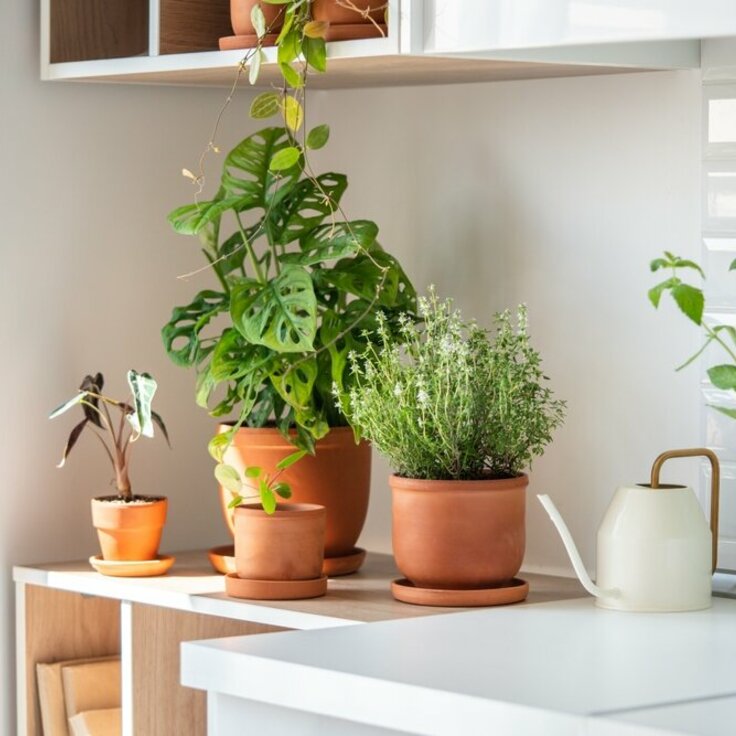Jumpstart Your Gardening Season: Essential Seeds to Start Now for a Bountiful Garden
As the winter chill fades and the first signs of spring start to appear, gardeners across the U.S. eagerly begin preparing for the upcoming growing season. The excitement of getting back into the garden is undeniable, but did you know that you can jump-start your garden even before the last frost has passed? Pre-seeding is the perfect way to get a head start!
Pre-seeding allows you to begin the growing season early, ensuring you can enjoy fresh, homegrown produce sooner. By sowing certain seeds indoors or in protected areas, you extend your growing season and set yourself up for a flourishing garden. This technique is especially beneficial for plants that require a longer growing period or prefer to develop in a controlled environment during their early stages.
Early Planting: What Seeds to Start Indoors This Season
Now is the perfect time to pre-seed a variety of plants that will thrive with a little extra head start. Here’s a list of popular plants that are ideal for pre-seeding:
- Tomatoes
- Peppers
- Eggplants (Aubergines)
- Herbs (such as basil, parsley, and cilantro)
- Leafy greens (lettuce, spinach, kale)
- Brassicas (broccoli, cauliflower, cabbage)
- Alliums (onions, leeks)
How to Begin Pre-Seeding for a Head Start on Your Garden
Before you begin, gather the necessary supplies: seed trays or small pots, high-quality seed compost, and the seeds you’ve chosen. Find a warm, bright spot in your home—sunny windowsills or a greenhouse work best. If natural sunlight is limited, consider using grow lights to give your seedlings the best chance of thriving.
Start by filling your containers with seed compost, leaving a small gap at the top. Water gently until the compost is evenly moist, but avoid soaking it. Next, sow your seeds according to the instructions on the packet, paying attention to the recommended depth and spacing. Lightly cover the seeds with compost, then place the trays in your sunny spot or under the grow lights.
Tips for Nurturing Your Seedlings as They Grow
Once your seeds start to sprout and grow, it’s crucial to care for them properly. Keep the compost moist but not soggy to prevent issues like damping off—a fungal disease that affects young seedlings. As the first true leaves appear (the ones that come after the initial seed leaves), start feeding your seedlings with a diluted, balanced fertilizer.
Rotate your trays regularly to ensure even growth, as seedlings tend to lean toward the light. As they grow, you may need to "prick out" or transplant them into individual pots to allow more room for root development. This process helps strengthen the roots and encourages healthier, sturdier plants.
Troubleshooting Common Pre-Seeding Issues
While pre-seeding is a fantastic way to get ahead, there are a few common challenges you might encounter:
-
Leggy seedlings: If your seedlings grow tall and spindly, it’s usually a sign that they aren't getting enough light. Ensure they receive plenty of natural light, or use grow lights. A small fan can also help promote stronger stem growth.
-
Overcrowding: It’s easy to sow too many seeds, but overcrowding can lead to competition for light and nutrients. Stick to the recommended spacing on the seed packet to avoid this issue. Also, timing is important—starting seeds too early can result in plants outgrowing their indoor space before it’s warm enough to plant them outside.
Expert Tips for a Successful Pre-Seeding Experience
Patience and consistency are essential for successful pre-seeding. Consider keeping a gardening journal to track your progress and note any lessons learned along the way. And don't be discouraged if every seed doesn’t germinate—it’s all part of the process! Above all, enjoy the journey. Watching a tiny seed grow into a healthy plant that will soon yield fresh, homegrown produce is one of the most rewarding aspects of gardening.
By pre-seeding now, you’ll set yourself up for a thriving garden this season. So, grab your seeds and get started—you’re one step closer to a successful gardening year. Happy planting!

